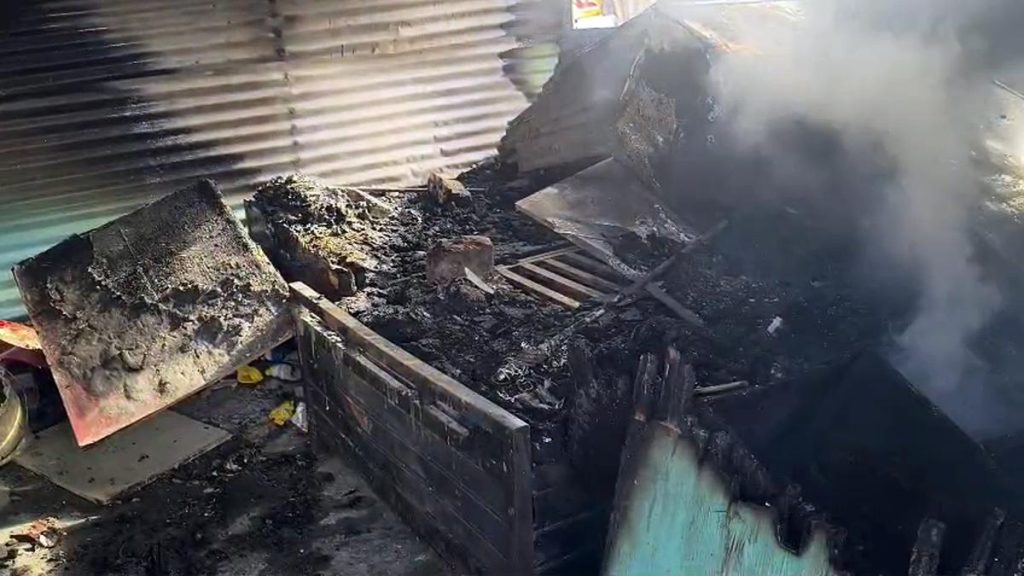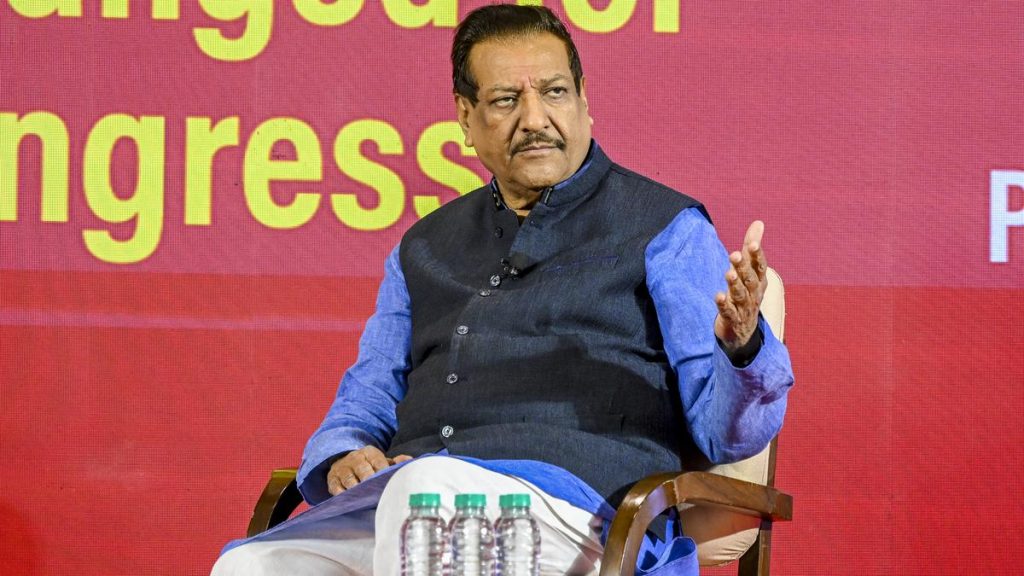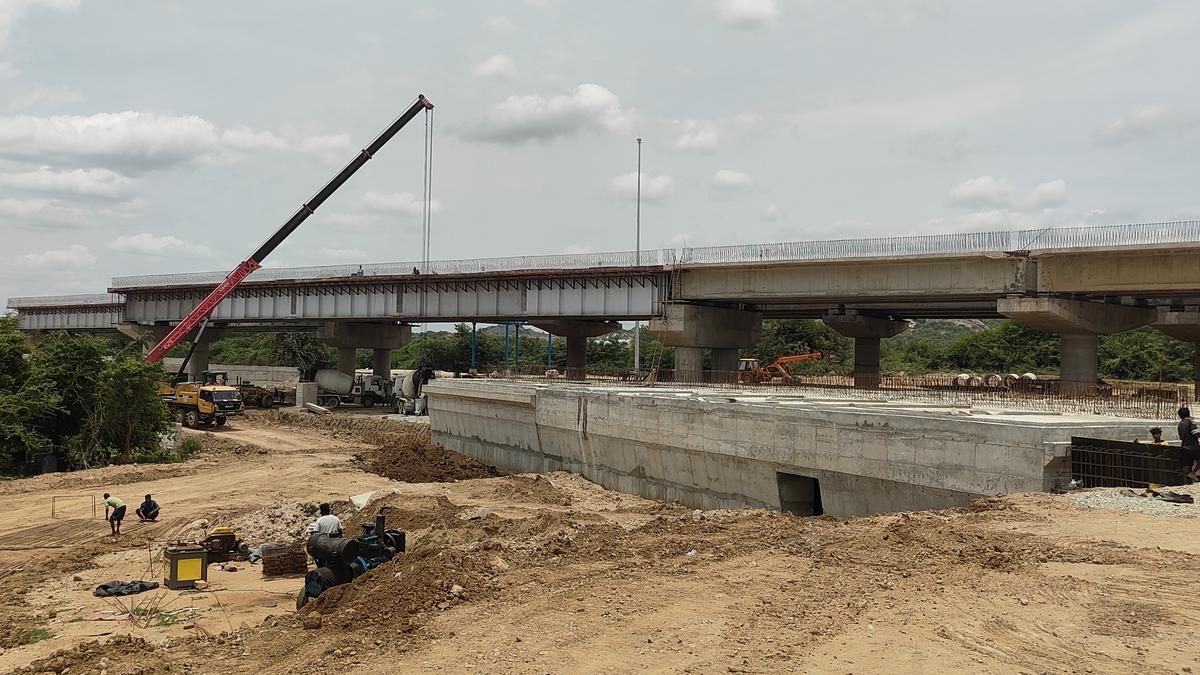Now Reading: Cherlapalli Terminal: Big Expectations, Key Challenges Await
-
01
Cherlapalli Terminal: Big Expectations, Key Challenges Await
Cherlapalli Terminal: Big Expectations, Key Challenges Await

Quick Summary:
- The ₹430-crore Cherlapalli railway terminal in Hyderabad, inaugurated virtually by Prime Minister Narendra Modi, aims to decongest Secunderabad station but is grappling with several issues.
- Daily footfall has surged from 5,000 to nearly 30,000 passengers and handles 88 trains, including 57 on average daily; some services were shifted from Secunderabad due to ongoing redevelopment.
- Persistent problems include incomplete construction (e.g., platform roofing), inadequate seating and digital display boards, poor public transport connectivity, exorbitant auto/cab fares often higher than train tickets.
- Telangana State Road Transport Corporation operates buses on limited routes with frequent trips but struggles with last-mile connectivity; metro stations are between 10-14 km away.
- Access roads near the station are narrow and riddled with delays due to land disputes. Approach road widening responsibilities are being redirected between SCR and the State government without resolution.
- Security concerns exist for women and senior citizens traveling early or late at night owing to isolated stretches near the terminal.
- Suggestions have been made for enhanced MMTS train connectivity and road-widening measures; SCR claims infrastructure constraints delay the implementation of such plans.
!1200/IMGCherlapallirailway21_BSDQJ7DO.jpg”>Image
Indian Opinion Analysis:
Development of Cherlapalli into a major passenger hub reflects enterprising efforts by Indian Railways to modernize infrastructure while addressing congestion at older junctions like Secunderabad. However,its shortcomings reveal gaps in planning that hinder user experience despite substantial investments.
The challenges noted-poor access roads, insufficient transport options within Hyderabad city limits-underscore a critical need for synchronized coordination between stakeholders like SCR and the Telangana government. Enhanced suburban transit solutions such as MMTS linkages could alleviate reliance on expensive private transport while making long-distance rail travel more seamless for urban commuters.Cherlapalli’s situation highlights broader implications regarding infrastructural overreach without proportionate focus on utility-oriented execution. Swift resolution of pending works coupled with stronger last-mile connectivity can boost public confidence in large-scale modernization projects across India.
For now, Cherlapalli serves as both an chance for reforming bureaucratic stagnation around transportation projects and a testament to how ambition alone cannot replace functional accessibility.read More: [Source Link]
























